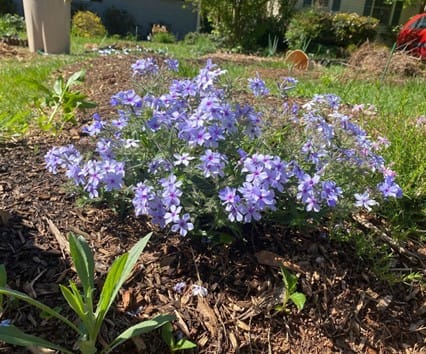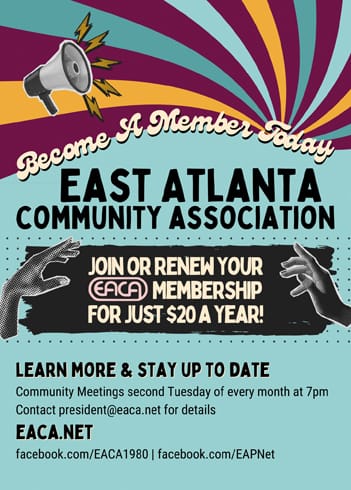
By Sarah Kelty, SK Collaborative
I’ve always been more of a fruit and vegetable gardener, but this year I’ve fully turned my attention to flowers. Pollinators, bees, butterflies, beetles, birds, bats, and other beneficial critters beginning with the letter ‘b,’ had been on my mind, but what drove me to purchase thousands of seeds over the winter, was the decision to grow my own flowers for my wedding. A bad idea? Possibly. But by choosing plants that pollinators love, even if I disappoint my mother-in-law at least Mother Nature will respect me.
Pollinator-friendly plants are exactly what they sound like: plants that attract animals that transfer pollen between flowers. Some local pollinator favorites are beebalm, black-eyed Susans, blanketflower, coneflower, maypop, wild bergamot, and so many more.
What do pollinators mean for people?
While there is something magical about seeing bees and butterflies on my way out of the house each morning, there’s a more pressing reason for building this tiny pollinator paradise. U.S. bee populations have declined 30-45% annually over the last decade, with some beekeepers losing half or more of their colonies each year.
We need pollinators. More than a third of the world’s food crops needs pollinators to reproduce. A world without almonds, bananas, coffee, or tequila is not one I want to live in. But the good news is that we can be a part of the solution.
What can we do? Bring on the flowers!
Pollinator-friendly plants bring a little piece of habitat back. Native plants are a great option. They evolved with local pollinator species and are adapted to the regional climate. In fact, some pollinators need specific plants to survive, like monarchs and milkweed or Zebra Swallowtails and pawpaws. Natives also require less irrigation, soil amendment, and pest/disease management. Many homeowners and developers that my company, SK Collaborative, works with increasingly choose native landscaping because it is low maintenance and required or incentivized by the green building certification programs we work with.
For inspiration, the Georgia Native Plant Society’s “Plant of the Year” award recognizes native plants underutilized in commercial and residential landscapes. Congrats, Spotted Beebalm, for your 2023 victory.
Don’t spray pesticides. Pesticide applications (largely agricultural, but also in urban areas) is a major driver of pollinator mortality. For individual homes, focus on cleaning gutters, turning over containers, and changing out bird bath water to keep mosquito populations down. Consider BCI-certified bat boxes and Mosquito Dunks®, a brand name version of BTI (or Bacillus thuringiensis). BTI is a naturally occurring bacterium in soils that targets mosquito, blackfly, and fungus gnat larva, and is non-toxic to other organisms.
Get civically engaged! Support legislation that curbs pesticides containing harmful chemicals like neonicotinoids.
Protect ground nesting bees. Although honeybees pollinate one out of every three bites of food we eat, native bees pollinate 80% of all the world’s flowering plants. Check out thebeeconservancy.org for ways to protect ground nesting bees, like keeping fall leaves in your yard until the spring.
I’m dipping a toe into pollinator-friendly gardening, but there are whole books, articles, and podcasts devoted to this topic. Visit my EAV garden or the www.skcollaborative.com blog in a few months to see the progress.








